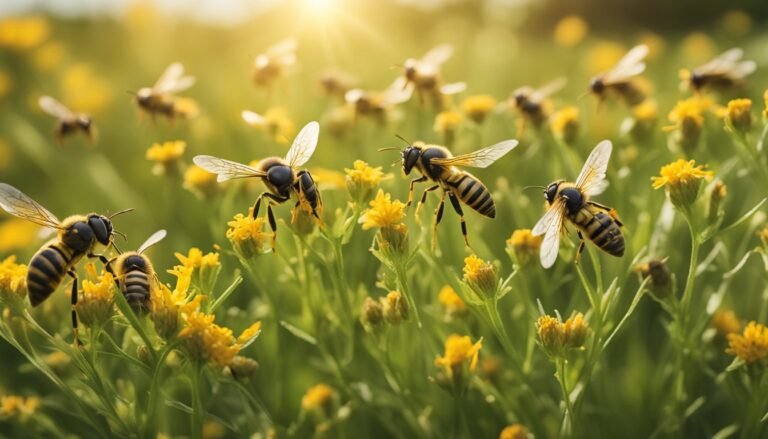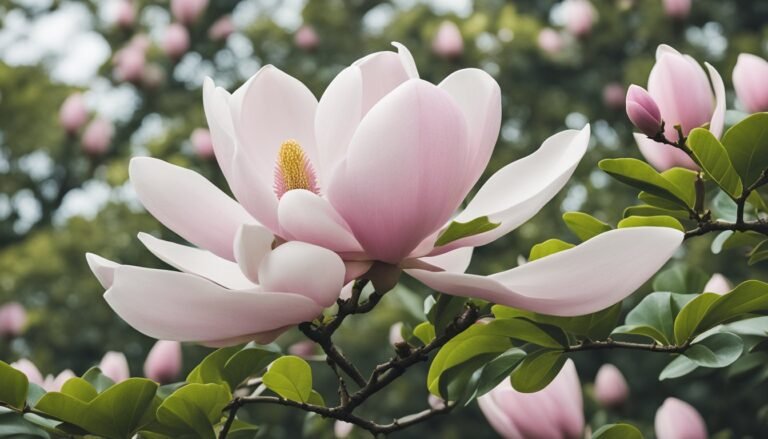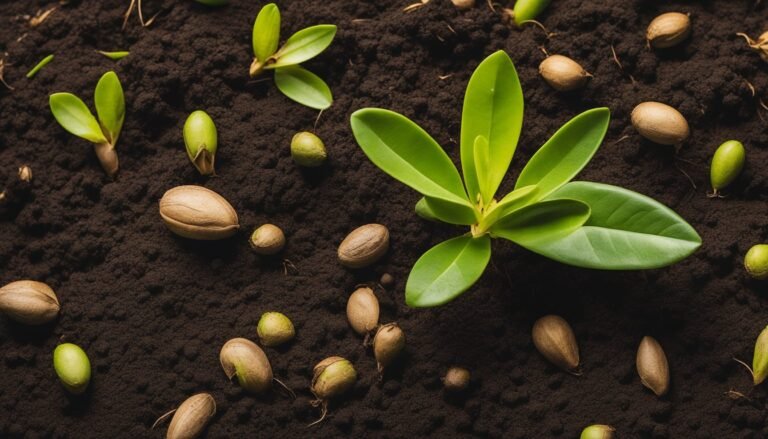In Ireland, ants are an integral part of the ecosystem, with various species adapted to the country’s unique environments. While ant species in Ireland are not as numerous as in other parts of the world, the species that do inhabit the island play crucial roles in soil aeration, decomposition, and as a food source for other wildlife. Residents and visitors alike might come across some of these industrious insects while exploring the lush Irish landscapes.

The life of ants is one of precise organisation and efficiency, their colonies exhibiting fascinating hierarchical structures and complex behaviours. From the common black garden ant to the rarer species, each plays a specific role within their community. The impact of their activities extends to human lives as well, with ants interacting in both beneficial and problematic ways – aiding in garden health or seeking residency within human homes.
Key Takeaways
- Ants are an essential component of Ireland’s biodiversity, contributing to ecological balance.
- These insects display intricate social structures and fulfil vital roles in their habitats.
- Understanding ant behaviour can help us coexist with them and address any issues they may cause.
Ant Species in Ireland
Irish ecosystems host a variety of ant species that play crucial roles in their environments. I’m here to guide you through the specifics of these species and their importance.
Native Genera and Species
The most commonly found genera of ants in Ireland include Lasius, Hypoponera, and Tetramorium. The Lasius niger, commonly known as the black garden ant, is a prevalent species that I often observe in various habitats across the country. On my explorations, I’ve noted that Ireland’s known ant species are documented through the efforts of myrmecologists and ant collectors. Each species, including unidentified and undescribed ones, are diligently recorded as research progresses.
Importance Within the Ecosystem
Ants are vital to maintaining the ecological balance within their habitats. In Ireland, species like Lasius niger contribute to soil aeration through their nesting activities, which enhances plant growth. As a keen observer, I’ve seen how these ants disperse seeds, a process termed myrmecochory, which aids in the propagation of various plant species. Their role as predators also helps to control pest populations. Research on Ireland’s biodiversity shows that ants have been integral in assessing the status and distribution of species, emphasising their essential place in our ecosystem.
Ant Behaviour and Lifecycle

In my exploration of ant behaviour and lifecycle in Ireland, I’ve discovered fascinating aspects about how these insects operate and sustain their colonies. Particularly interesting are their mating rituals and their efficient ways of gathering food and constructing their homes.
Nuptial Flights and Reproduction
In the peak of summer, typically around July, flying ants emerge en masse—a phenomenon known as the nuptial flight. Queen ants and males take to the skies to mate, with the fertile queens subsequently landing to establish new colonies. During these flights, which are crucial for the propagation of the ant population in Ireland, the queens mate with multiple males to collect the sperm that will last them a lifetime of egg-laying.
Foraging and Nesting Patterns
Worker ants are structured foragers, methodically seeking food sources to sustain their colonies. These ants adapt their foraging patterns to the environment, often laying down pheromone trails leading to fruitful sources. The nesting habits are intricate, with the selection of a favourable site being critical for the survival of the queen ants and their brood. Nest sites can vary widely, from underground burrows to locations within logs or even under pavements. My observations confirm that the consistency of food supply and the security of the nest site play significant roles in their nest-selection process.
Human and Ant Interactions

In Ireland, my interactions with ants can range from navigating infestations within my own home to participating in ant conservation efforts. Hence, I’ll detail strategies for dealing with ant infestations and explore the valuable contributions of research and conservation in understanding these complex creatures.
Dealing With Infestations
When I encounter an ant infestation, the immediate concern is to find efficient ways to get rid of the ants. The use of insecticide is a common practice, although it requires careful consideration to ensure that it’s effective and minimally invasive to other species and the environment. I often turn to professional pest control services, as they offer tailored solutions that are less likely to cause collateral damage to non-target species. For instance, I might apply gel bait stations in areas where I have seen ant activity, and the ants will carry the bait back to their colony, thereby addressing the source directly.
Research and Conservation
In contrast to the often adversarial nature of infestations, I also engage with ants through the lens of research and conservation. Collie Ennis, a research associate and someone I consider deeply involved in the study of Irish ants, has greatly contributed to my understanding of ant ecology. Conservation efforts are vital, as ants play key roles in ecosystems and learning to coexist with them is important for the health of our shared environment. In this respect, I support ongoing studies and habitat preservation that benefits both ants and humans.
Environmental Factors Affecting Ants
In this section, I’ll explore the specific factors such as weather and urbanisation that substantially impact ant populations and behaviour in Ireland.

Weather Influence on Ant Behaviour
Weather plays a crucial role in the life cycle and behaviour of ants. For instance, flying ant day, a phenomenon where winged ants emerge from the nest to mate and found new colonies, is influenced by localised weather conditions. Typically, this event occurs when the weather is warm and humid, which provides optimal conditions for mating flights. Rain can also affect ant behaviour; it has been observed that prolonged wet conditions force ants to modify their foraging habits and nesting sites to adapt to the damp environment.
Impact of Urbanisation
As urban areas expand, the impact of urbanisation on ants becomes increasingly evident. In places where green spaces are fragmented by development, ant populations may experience limited foraging opportunities and habitat loss. Swarms and infestations in urban areas might occur as a result of ants seeking out new resources or due to the heat island effect, which creates warmer conditions conducive to ant activity. However, certain species may also thrive in urban settings if they find suitable niches and environmental conditions.
Frequently Asked Questions

In this section, I’ll cover some of the most commonly posed questions about ants in Ireland. I aim to clarify any concerns you might have about these small but industrious insects.
What are the common types of ants found in Ireland?
In Ireland, one of the most encountered species of ants is the Black Garden Ant (Lasius niger). Gardeners often spot these ants outdoors as they are prevalent in Irish gardens and green spaces.
Can ants pose any danger to humans or pets in Ireland?
Ants in Ireland are generally not dangerous as they do not bite or sting humans or pets. They are considered more of a nuisance when they invade homes in search of food.
What methods are effective for ant control in Irish homes and gardens?
To manage ants in Irish homes and gardens, a combination of maintaining cleanliness to avoid attracting ants and using targeted ant control treatments is recommended. These methods can help prevent and address ant infestations effectively.
Do red ants exist in Ireland, and are they harmful?
Red ants, such as the European Fire Ant (Myrmica rubra), can be found in Ireland. Although they can deliver a painful sting, these ants are not typically aggressive unless their nests are disturbed.
How can one differentiate between the various sizes of ants in Ireland?
Ant species in Ireland can be identified by their size, with workers being typically smaller (around 4-5 mm) compared to a queen, which can measure up to 15 mm in length. Observing their physical characteristics can help distinguish between the different sizes.
What ant species is considered the most prevalent in Ireland?
The Black Garden Ant (Lasius niger) is considered to be the most common ant species throughout Ireland. They’re notable for their dark colouration and for being active foragers, often seen marching in lines to and from their nests.




